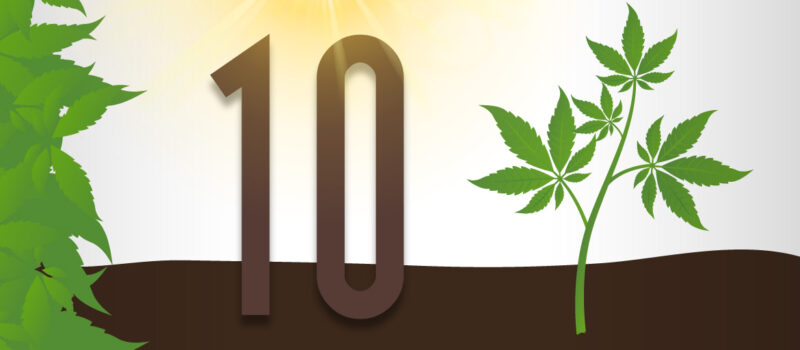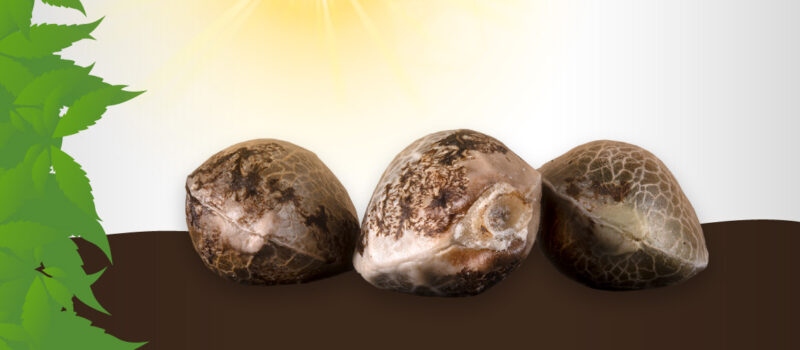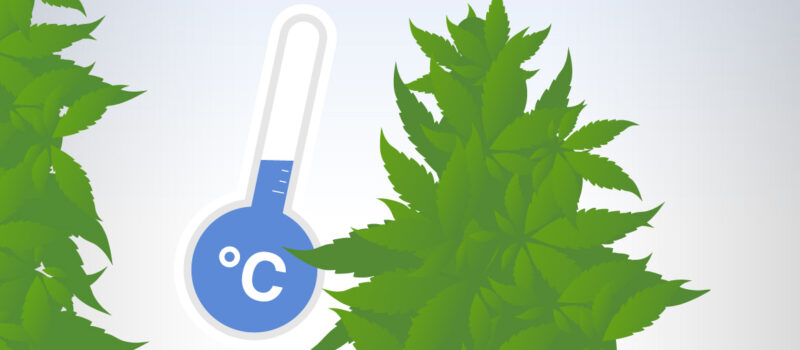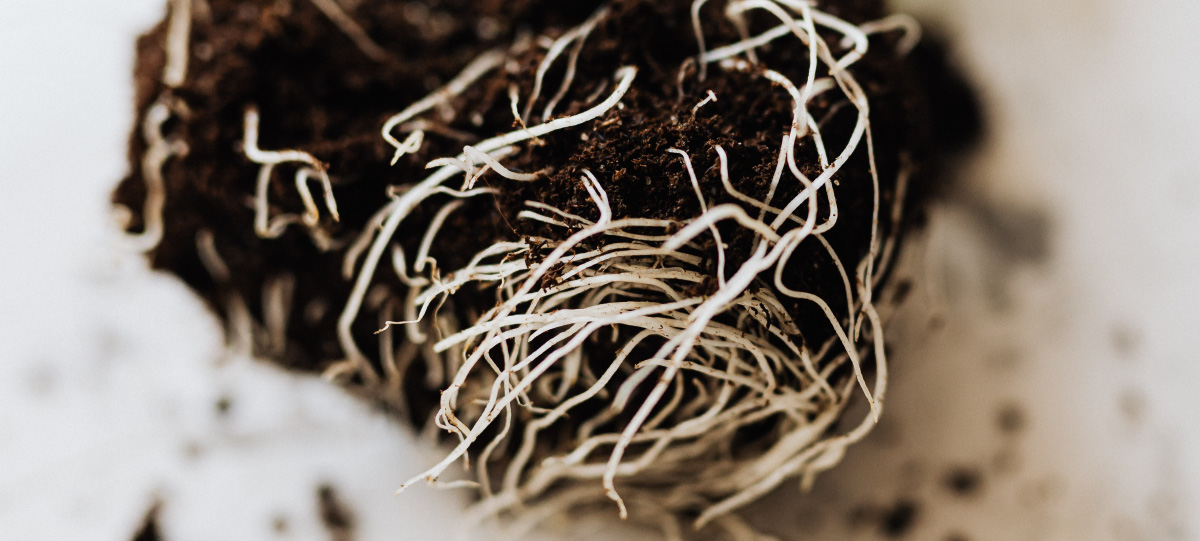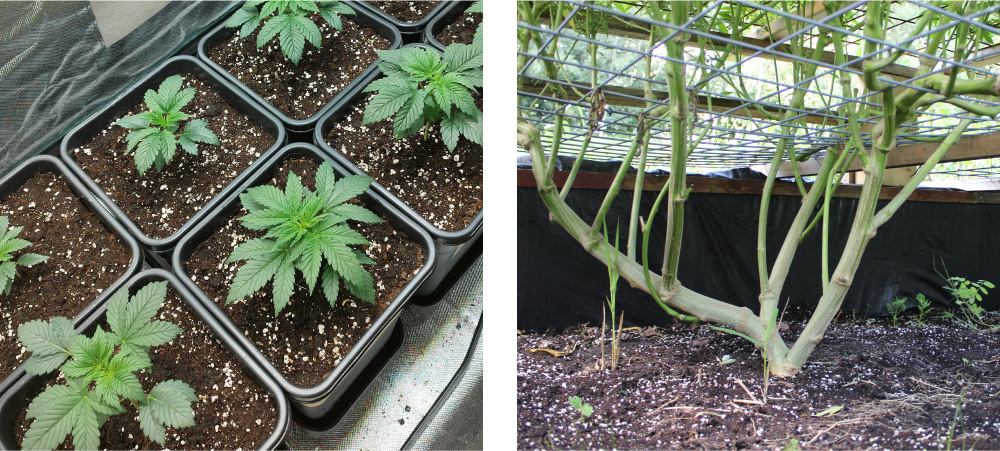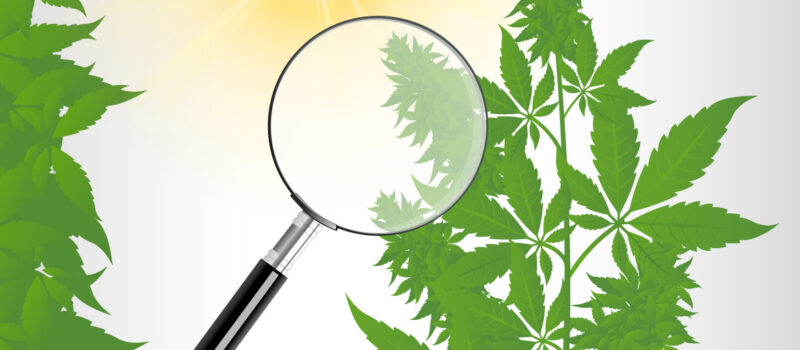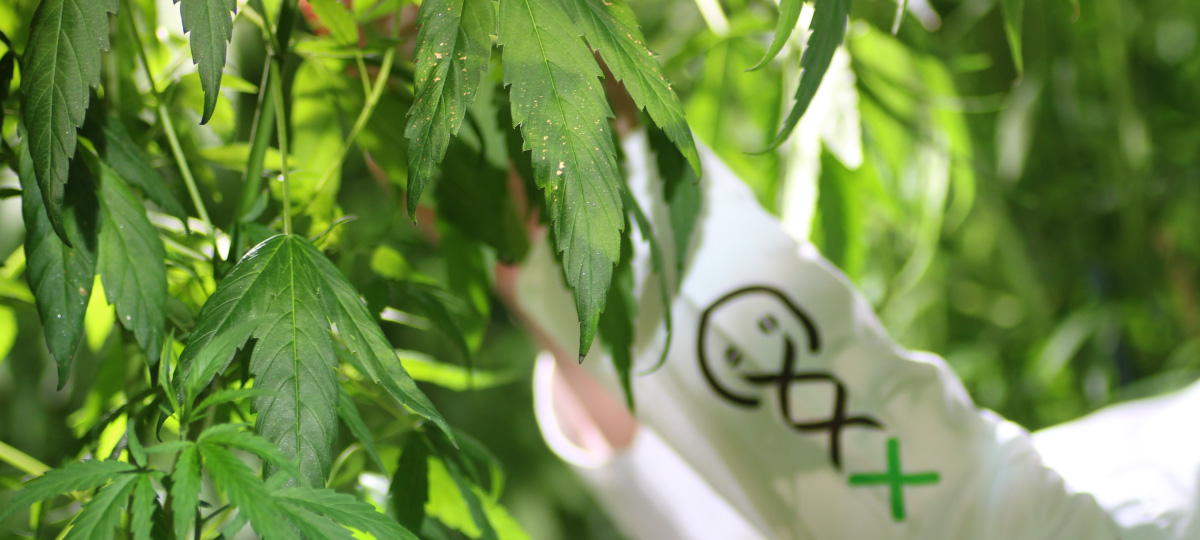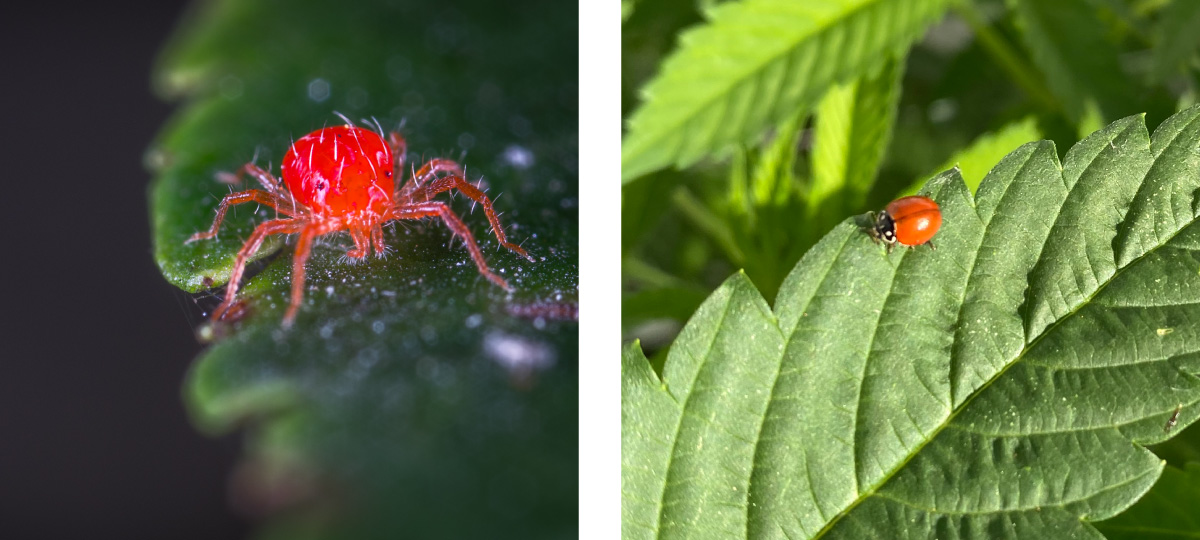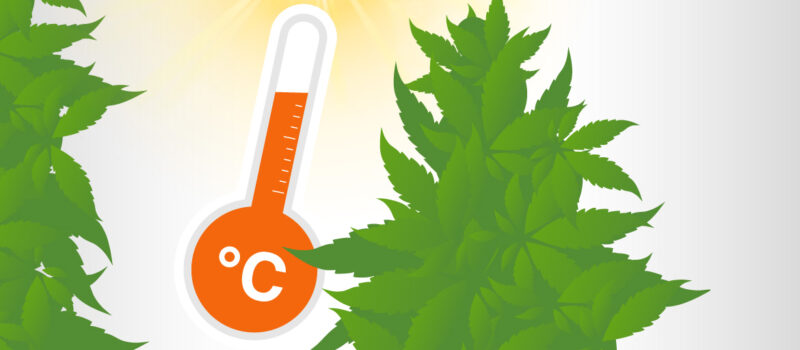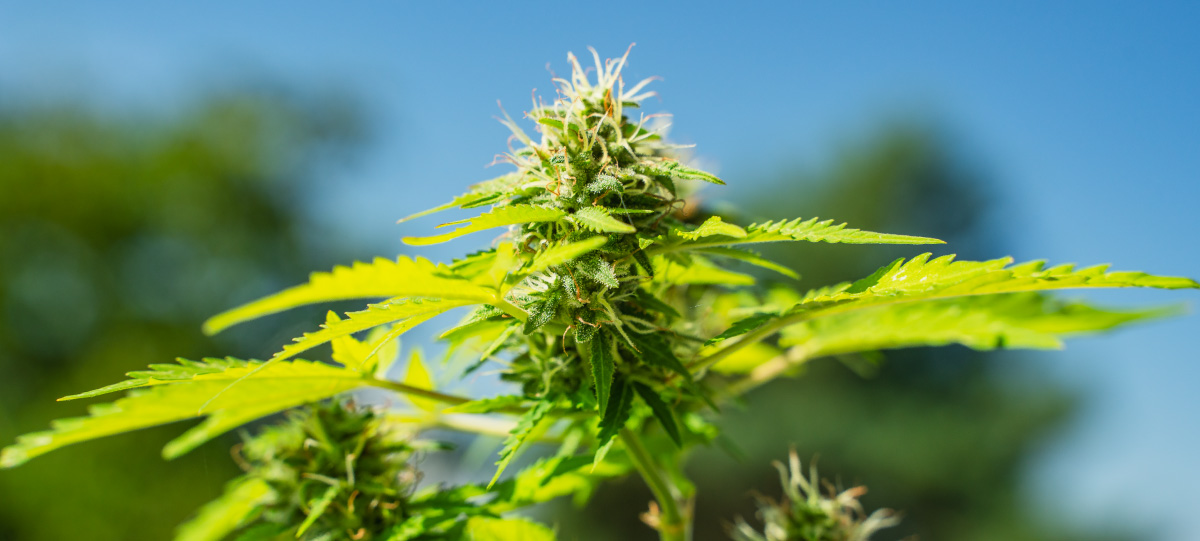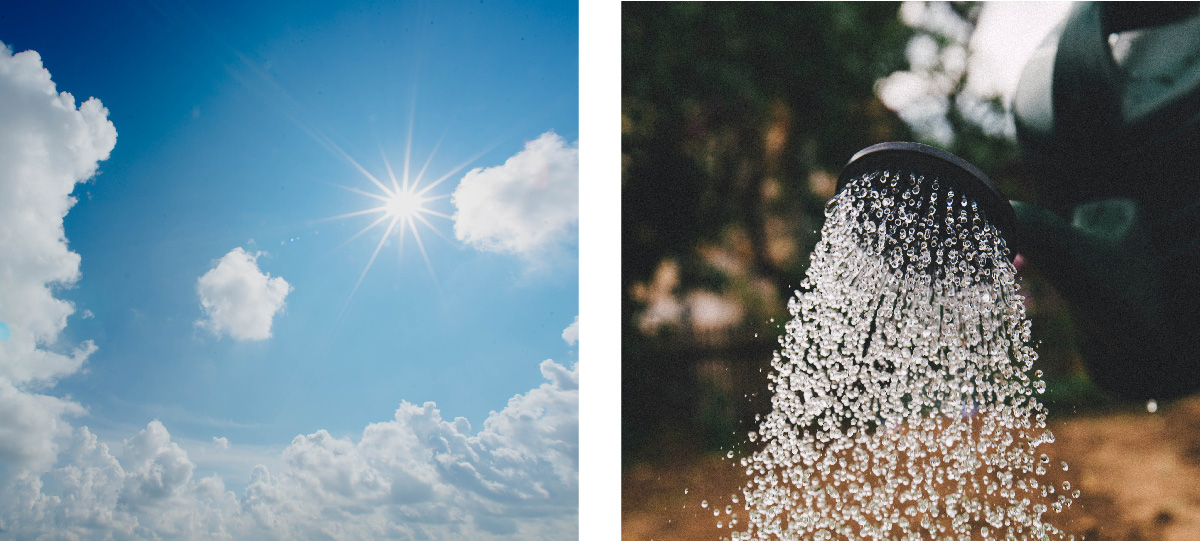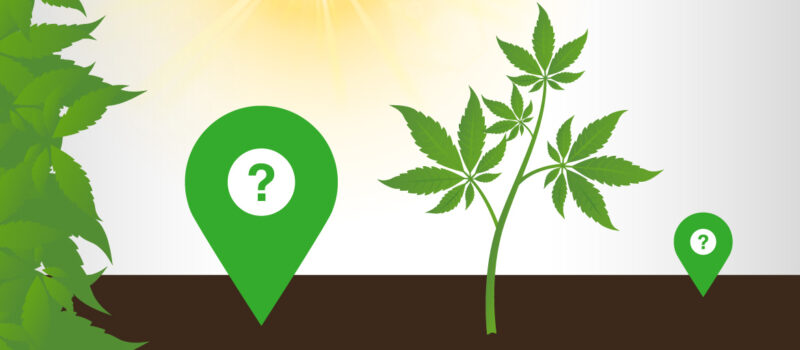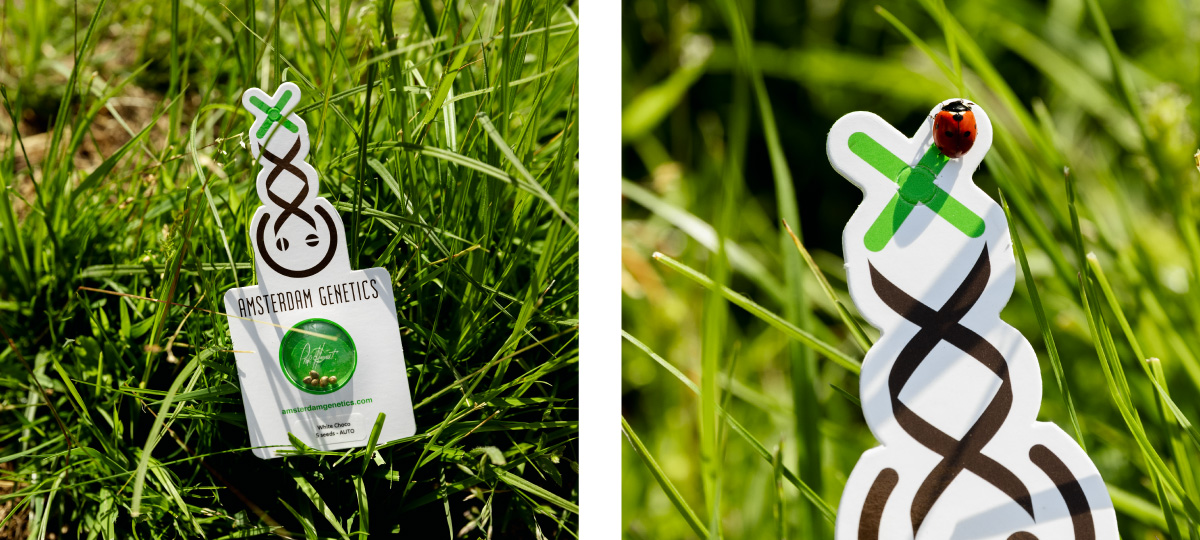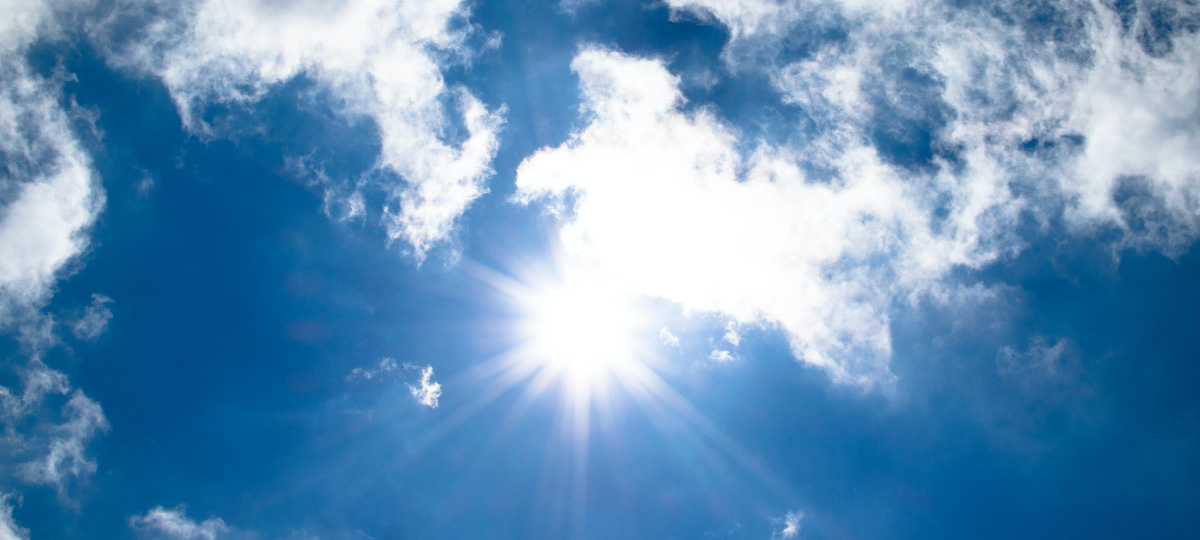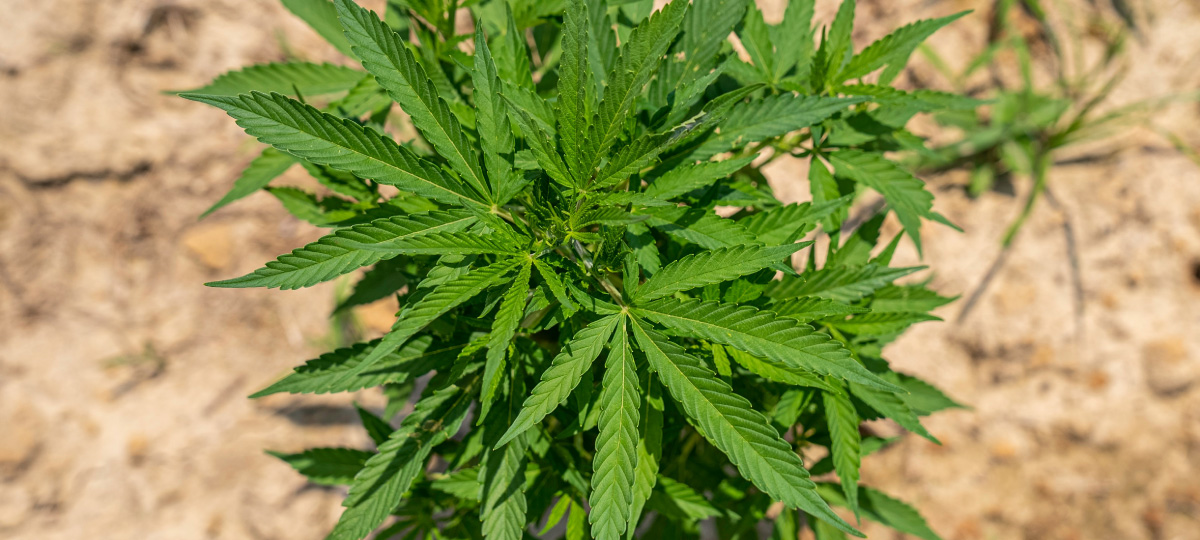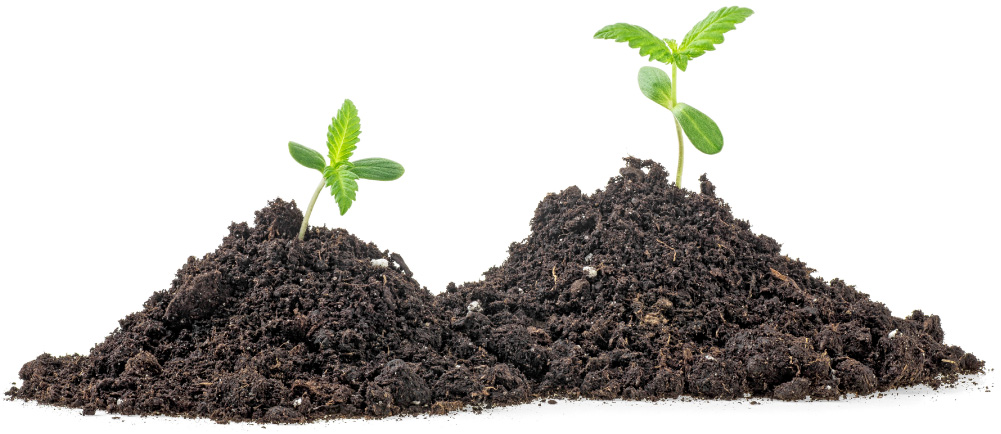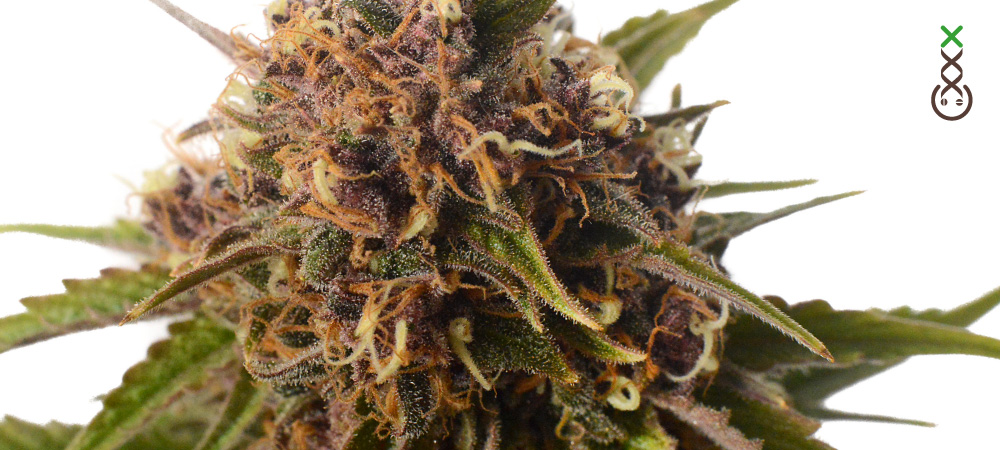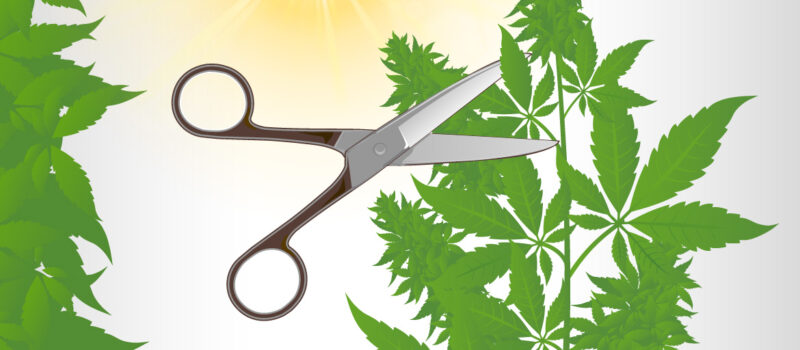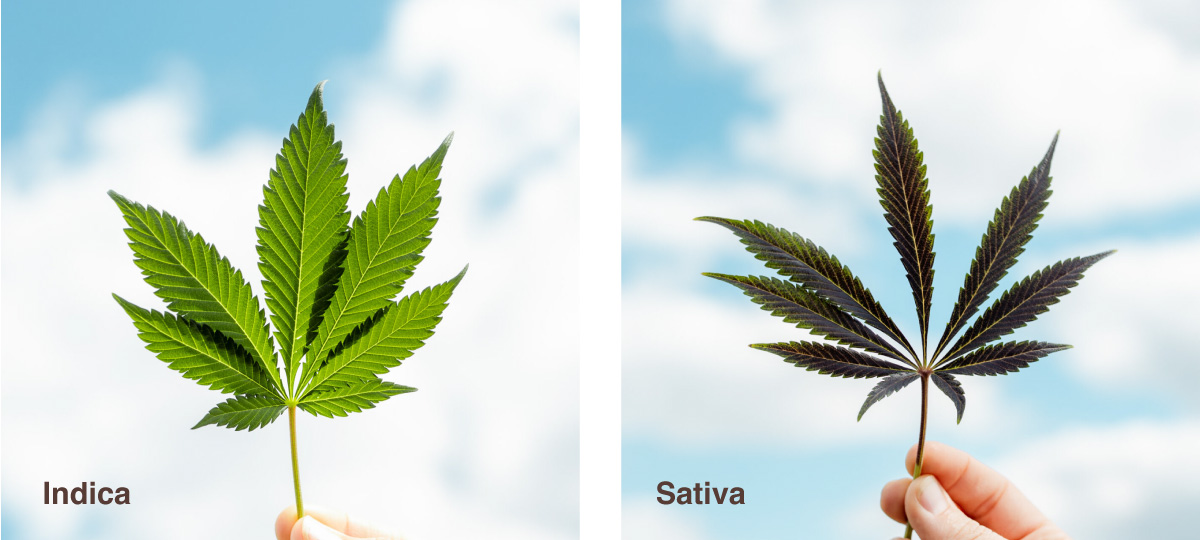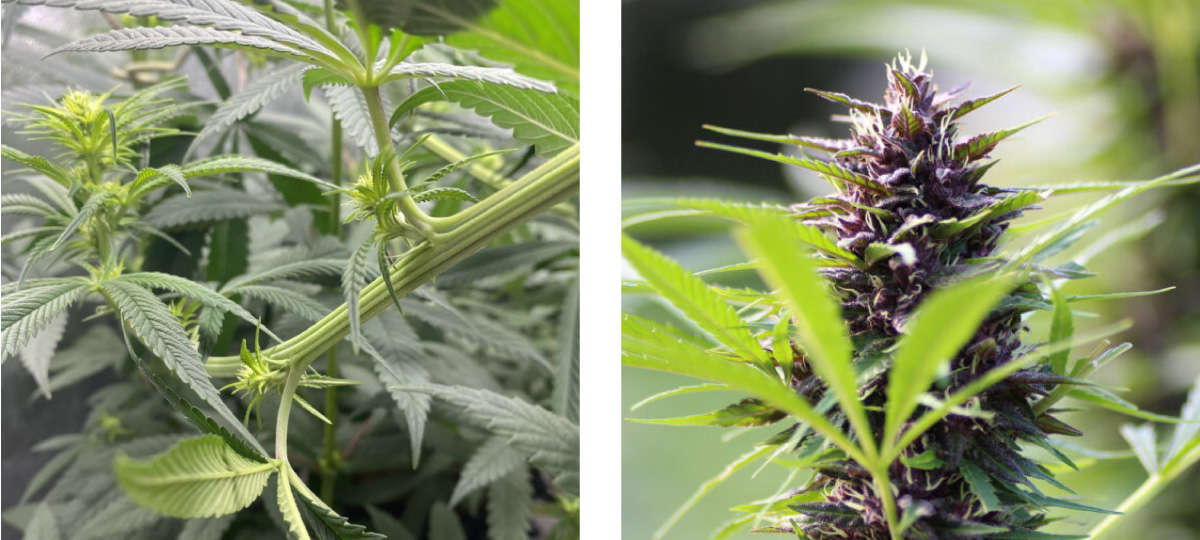If you’re considering growing cannabis outdoors, you might think it’s quite challenging and that you need to have a green thumb. However, virtually anyone can start cultivating weed outside. Cannabis is a sturdy plant that requires minimal care. In fact, you can follow a simple step-by-step plan, letting the cannabis plants do the heavy lifting and reward you with a generous harvest.
Introduction to Outdoor Cannabis Growing
Perhaps you’ve contemplated growing cannabis outdoors and would like to give it a try. Many believe it requires extensive knowledge about plants and demands a lot of time and effort. But the truth is, you can make outdoor cannabis growing as simple or as complex as you wish.
For beginners, it’s advisable to keep things straightforward. Weed is a resilient plant. All it needs are water, sunlight, and nutritious soil. It’s not hard to provide these essentials. The Dutch climate often supplies everything cannabis requires, whether you grow it on a balcony or in a garden.
Typically, there’s no need for additional nutrients, especially for novice growers. Opt for rich potting soil or garden soil, ensuring the plants receive all the necessary nutrients. Initially, pruning or training isn’t essential, but if desired, you can gently remove old leaves or trim the plants, ensuring they get adequate light and fresh air.
Growing cannabis outdoors can sometimes seem challenging because there’s a lot to monitor. Maintaining a cultivation diary can provide insights into the entire process. Should something go awry, you can review your notes and make improvements next time.
Want more insights on outdoor cannabis growing? Read on for a comprehensive list of helpful tips to get started.
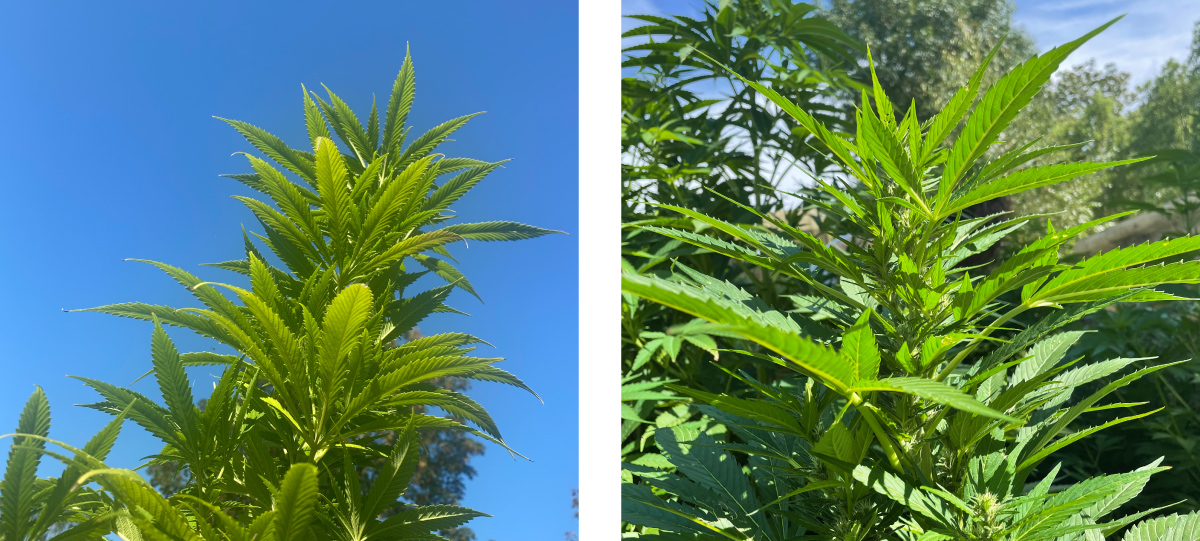
Basic Principles of Outdoor Cultivation for the Upcoming Season
If you’re planning to cultivate cannabis outside, you have some crucial decisions ahead. As previously mentioned, weed isn’t demanding. However, deciding on the best location for your plants and choosing between planting in the ground or pots is essential.
If you have a garden, you can sow your seeds directly into the ground or use pots. Both methods have pros and cons. Direct sowing benefits from a rich soil ecosystem and offers roots ample room to spread. However, once planted, they’re immobile.
Using pots offers flexibility, enabling relocation if needed (to shelter from wind or maximize sunlight). You’ll also have greater control over growth. Consider the space available in your garden or balcony, and decide if you value the mobility of pots or if your garden is perfect for direct sowing.
When you’ve decided, follow some basic steps to determine the best planting spot. Ideal locations for cannabis plants have ample sunlight, easy water access, and fertile soil. If you plant in your garden, choose a sunny spot. Make sure it’s easily accessible for watering, and assess the soil quality. If the soil isn’t ideal, you can enrich it with extra garden soil or nutrients.
Once the seeds are in the soil, it’s exciting to watch for the first green shoots. Cannabis plants undergo various growth stages, each having specific needs.
The first stage is the seedling phase (lasting 2-3 weeks), followed by the vegetative phase where plants grow vigorously. Lastly, there’s the flowering phase, which lasts 6-8 weeks, during which the buds form and can eventually be harvested. Proper harvesting timing is crucial. Monitor the trichomes and the color of the pistils.
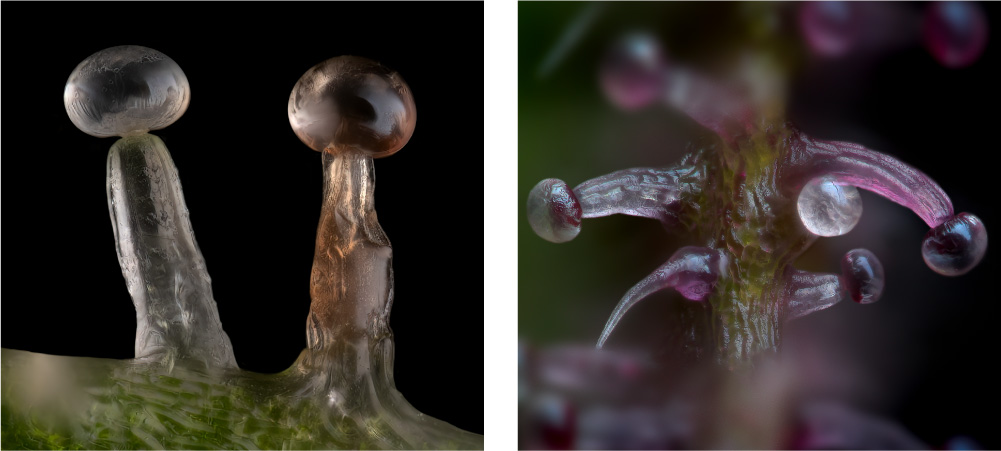
Maintaining a Successful Growing Cannabis Outdoor
Before it’s time to harvest, naturally, you’ll want to take good care of your plants. When growing cannabis outdoors in Dutch conditions, rainfall might provide ample water. However, this isn’t always the case: it’s essential to administer the ideal amount of water, which can vary depending on the growth phase.
Seedlings require less water than plants in the growth phase, and during the flowering stage, they need the most. Both under-watering and over-watering can harm your plants. With a few helpful pointers, you’ll know what to watch out for when watering. For instance, only water when the top layer of soil is dry, and observe your plants for signs of thirst or excess water (like yellow or drooping leaves).
For beginners aiming to get a bit more from their outdoor grow, implementing pruning and training techniques can be beneficial. Such methods can aid cannabis plants in becoming larger, stronger, and yield a higher harvest.
Various methods are available. Some are tailored for experienced growers, so you might want to steer clear of those initially. You can start with basic pruning: removing wilted leaves so that more energy goes to healthy ones.
Low Stress Training involves directing growth by bending branches. Topping, another technique, entails cutting off the main stem. This encourages side branches to grow more vigorously. All pruning techniques aim to offer better control over the canopy, growth, and the distribution of light, air, and nutrients.
It’s also crucial, for successful growing cannabis outside, to keep a close eye on your plants. While cannabis is resilient, neglect can lead to issues, and you might realize too late that something’s amiss.
Regularly inspecting your garden or balcony helps in early detection and management of problems like diseases or pests. Examine the buds and leaves for signs of fungi, insects (such as mites or spider mites), or nutrient deficiencies.
If you spot an issue, intervention is key. Insects, for instance, can be combated with natural predators or organic pesticides. Plants affected by fungus should be pruned and isolated from healthy ones.
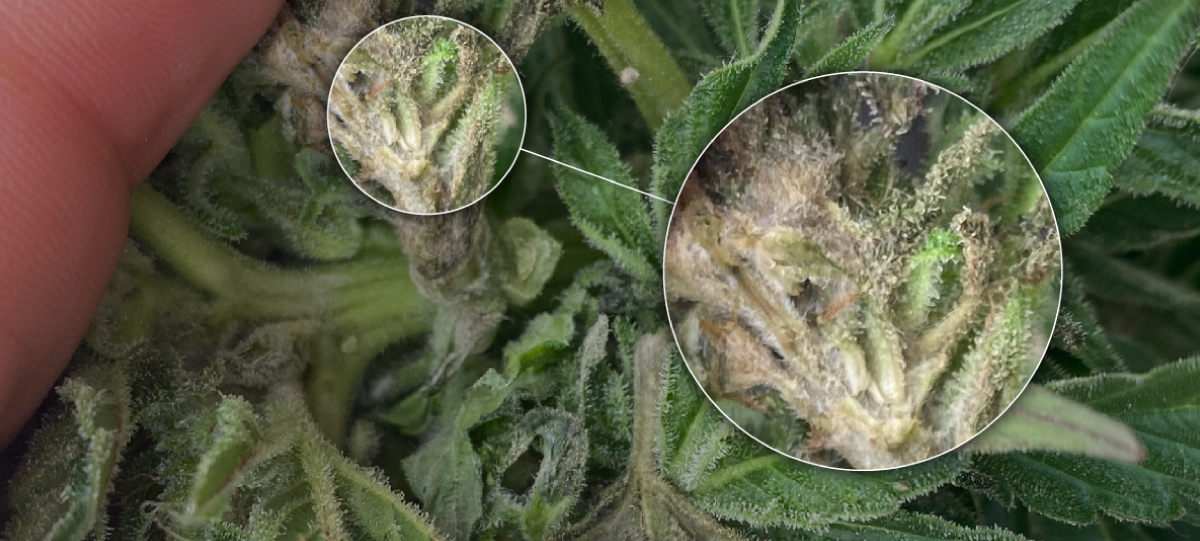
The Impact of Weather on Your Cannabis Grow
Weather is notorious for its unpredictability. Even though cannabis is quite resilient, it’s important to protect your plants against excessive heat or cold.
In high temperatures, cannabis can suffer from heat stress. Leaves might curl up, and buds might not be as dense. Fortunately, there are measures you can take to support your plants during hot spells. Water them more frequently and occasionally mist the leaves for extra cooling. Guard the roots (especially for potted plants) and provide additional shade with a shade cloth.
If you frequently experience hot summers, it could be wise to base your choice of seeds on that fact. Choose seeds that are resilient to high temperatures; often, seeds from the Haze family are suitable.
Conversely, you might encounter cold weather during summer. When temperatures drop, your plants’ growth may be stunted. They might not uptake nutrients efficiently, which can adversely affect bud formation.
Try to shield your plants from drastic temperature changes. If it suddenly turns cold, using heat mats can keep the roots warm. Mulch can also serve as protection against the cold. Keep seedlings indoors if it’s too chilly for them. If your plants are potted, move them to a sunny spot or bring them indoors.
Of course, this isn’t an option for plants in the ground. If cold springs or summers are frequent where you live, considering greenhouse cultivation might be a good choice. While it’s a substantial investment, a greenhouse allows you to cultivate cannabis outdoors all year round.
Weather significantly influences outdoor cannabis cultivation. If you’re keen on learning how to grow cannabis outdoors, consider these 10 tips:
- Choose the right cannabis strain.
- Plan your growing season carefully.
- Pay attention to soil quality.
- Water and feed on time.
- Guard plants from wind and sun.
- Inspect plants for pests and diseases.
- Employ pruning and training techniques.
- Have an action plan for sudden weather shifts.
- Harvest at the right time.
- Develop a care schedule.
We’re here for you this coming season
If you’re contemplating growing cannabis outdoors, it all begins with the seeds. You’ll want high-quality seeds, of course. Amsterdam Genetics is renowned for its continuous development and for providing customers with reliable quality seeds. For years, the company has been pioneering autoflowering, feminized, and medicinal cannabis seeds.
They always strive to stay attuned to societal needs, including the impacts of climate change. Whether you’re in search of high-CBD seeds or seeds resistant to heat or cold, Amsterdam Genetics has you covered. Their expert, enthusiastic team consists of passionate cannabis aficionados.
When selecting the best seeds, it’s recommended to consider the changing climate. Given the cooler tendencies in the Netherlands, opting for an Indica strain might be best. These strains originate from mountainous regions and are better equipped to handle cold than Sativas. They also flower faster, allowing you to harvest before autumn’s chill sets in.
But climate change also makes weather more unpredictable. Autoflowering varieties are another excellent choice: they have a much shorter growth and flowering phase and bloom regardless of light patterns, enabling earlier yearly harvests.
Climate change necessitates proactive adaptation. Protect your plants from extreme weather, perhaps using shade cloths, strategically positioning pots, employing wind barriers, watering strategies, or practicing companion planting.
Fortunately, there are many ways to adapt and ensure a bountiful harvest despite the unpredictable weather. However, if you encounter issues or have queries about growing cannabis outdoor, you can always reach out to us. We have a wealth of knowledge and experience and are eager to assist. Let us know if you need guidance. You can always contact us.
Check Out Our Best Selling Strains









